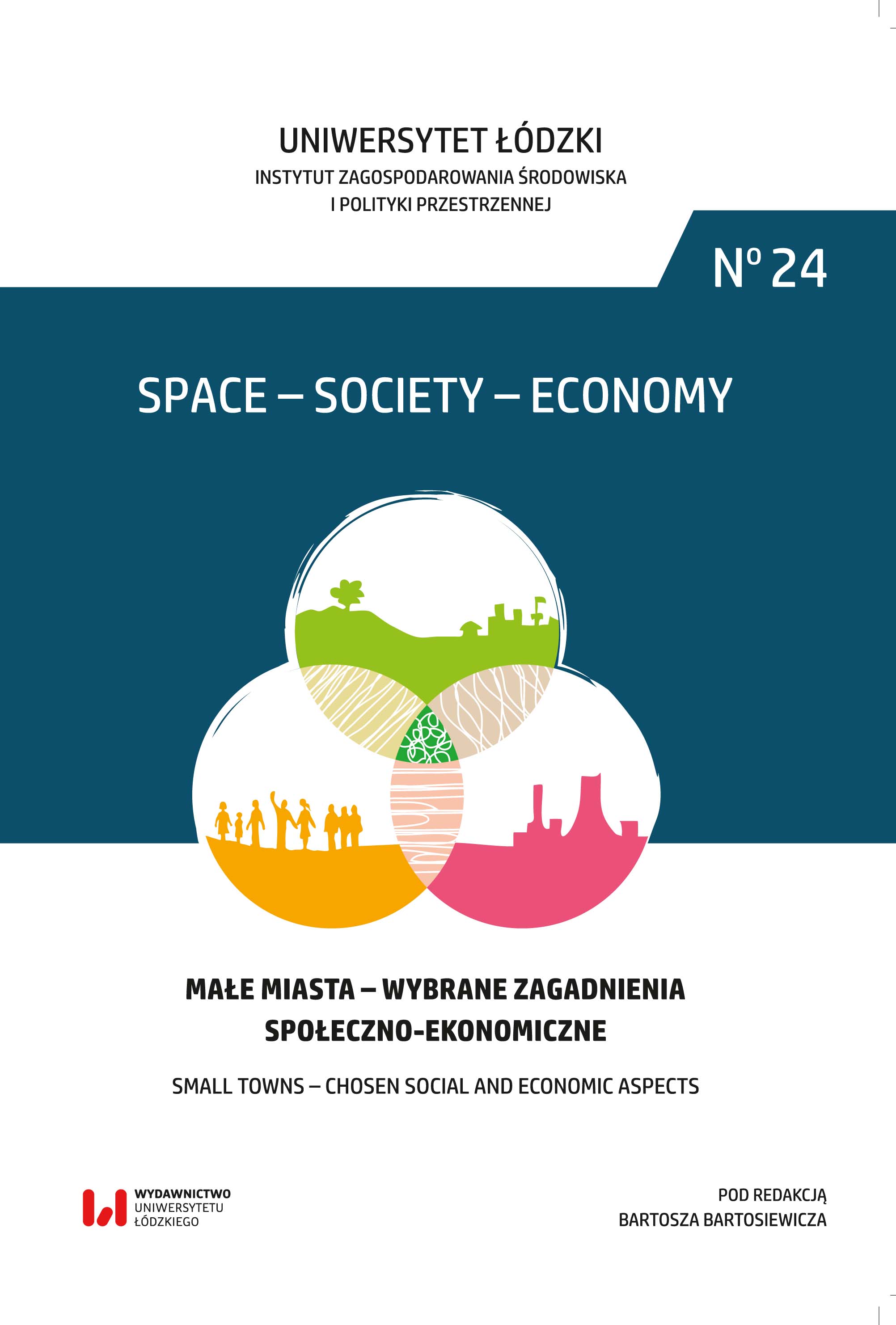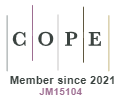Herby i logotypy małych miast – bliżej tradycji czy współczesności
DOI:
https://doi.org/10.18778/1733-3180.24.04Słowa kluczowe:
herb miasta, logo miasta, identyfikacja wizualna miasta, marka terytorialnaAbstrakt
Opracowanie dotyczy oznaczeń wykorzystywanych w działaniach marketingowych polskich miast. Są to tradycyjne herby, często o bogatej symbolice i historycznych odniesieniach oraz loga uznawane jako znaki promocyjne, oparte na współczesnych walorach poszczególnych miejscowości. Autorzy dokonali oceny podobieństwa obu tych oznaczeń w zakresie symboliki i kolorystyki. Wyniki tej oceny zaprezentowano w układzie województw oraz z uwzględnieniem wielkości miasta. Szczególną uwagą objęto kategorię miast małych.Pobrania
Bibliografia
Adamczewski A., 1999, Funkcje użytkowe herbu miejskiego do końca XVIII w., „Rocznik Polskiego Towarzystwa Heraldycznego”, 4: 67–99.
Google Scholar
Adamczewski A., 2000, Heraldyka miast wielkopolskich do końca XVIII wieku, Wydawnictwo DiG, Warszawa.
Google Scholar
Adamus-Matuszyńska A., 2016, Public relations miasta, [w:] Tyliszczak J.J. i in., Wizerunek miasta. Co, jak, dlaczego, Wydawnictwo internetowe e-bookowo: 38–43.
Google Scholar
Altkorn J., 2002, Kształtowanie rynkowego wizerunku firmy, Wydawnictwo Akademii Ekonomicznej w Krakowie, Kraków.
Google Scholar
Anders-Morawska J., Rudolf W., 2015, Orientacja rynkowa we współrządzeniu miasta, Wydawnictwo Uniwersytetu Łódzkiego, Łódź.
Google Scholar
Ashworth G.J., Voogd H., 1990, Selling the City: Marketing Approaches in Public Sector Urban Planning, Belhaven Press, London.
Google Scholar
Florek M., 2014, Kapitał marki miasta zorientowany na konsumenta. Źródła i pomiar, Wydawnictwo Uniwersytetu Ekonomicznego w Poznaniu, Poznań.
Google Scholar
Glińska E., 2016, Budowanie marki miasta. Koncepcje, warunki, modele, Wolters Kluwer, Warszawa.
Google Scholar
Gumowski M., 1960, Herby miast polskich, Arkady, Warszawa.
Google Scholar
Keller K.L., 1993, Conceptualizing, Measuring and Managing Customer – Based Brand Equity, „Journal of Marketing”, 57 (1): 1–22.
Google Scholar
DOI: https://doi.org/10.1177/002224299305700101
Kotler M., 2001, A Framework for Marketing Management, Upper Sadle River, Prentice-Hall, New York.
Google Scholar
Kotler Ph., Asplund Ch., Rein I., Haider D.H., 1999, Marketing Places Europe. How to attract investments, industries, residents and visitors to cities, communities, regions and nations in Europe, Financial Times – Prentice Hall, London.
Google Scholar
Macalik J., 2013, Logotyp jako podstawowy element identyfikacji wizualnej miasta – wybrane problemy, „Zeszyty Naukowe WSB we Wrocławiu”, 1 (33).
Google Scholar
Michta J., 2000, Heraldyka samorządowa województwa świętokrzyskiego i jej symbolika, Kielce.
Google Scholar
Morgan N., Pritchard A., Pride R. (red.), 2002, Destination Branding. Creating the Unique Destination Proposition, Butterworth Heinemann, Oxford.
Google Scholar
Olsson K., Berglund E., 2009, City Marketing: The Role of Citizen, [w:] Nyseth T., Viken A. (red.), Place Reinvention: Northern Perspectives, Ashgate, Farnham.
Google Scholar
Rudolf W., 2016, Marketing terytorialny w ujęciu relacyjnym, Wydawnictwo Uniwersytetu Łódzkiego, Łódź.
Google Scholar
DOI: https://doi.org/10.18778/8088-289-8
Stawasz D., 2016, Współczesne dylematy zarządzania rozwojem miast, Wydawnictwo Uniwersytetu Łódzkiego, Łódź.
Google Scholar
Szromnik A., 2012, Marketing terytorialny. Miasto i region na rynku, Wolters Kluwer, Warszawa.
Google Scholar
Włoszczyński A.L., 2016, Herb a logo miasta, [w:] Tyliszczak J.J. i in., Wizerunek miasta. Co, jak, dlaczego, Wydawnictwo internetowe e-bookowo: 62–63.
Google Scholar
Pobrania
Opublikowane
Jak cytować
Numer
Dział
Licencja

Utwór dostępny jest na licencji Creative Commons Uznanie autorstwa – Użycie niekomercyjne – Bez utworów zależnych 4.0 Międzynarodowe.









